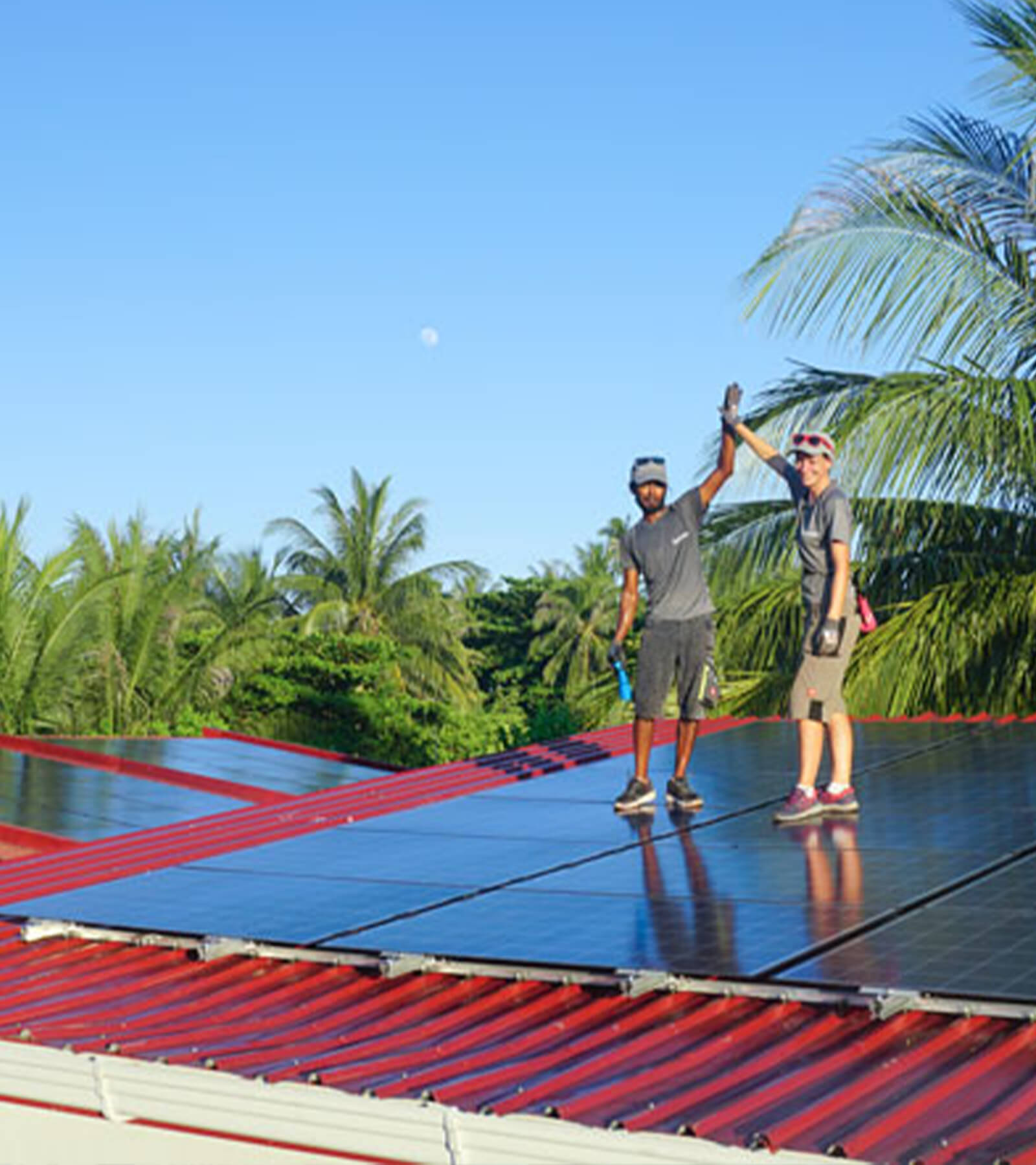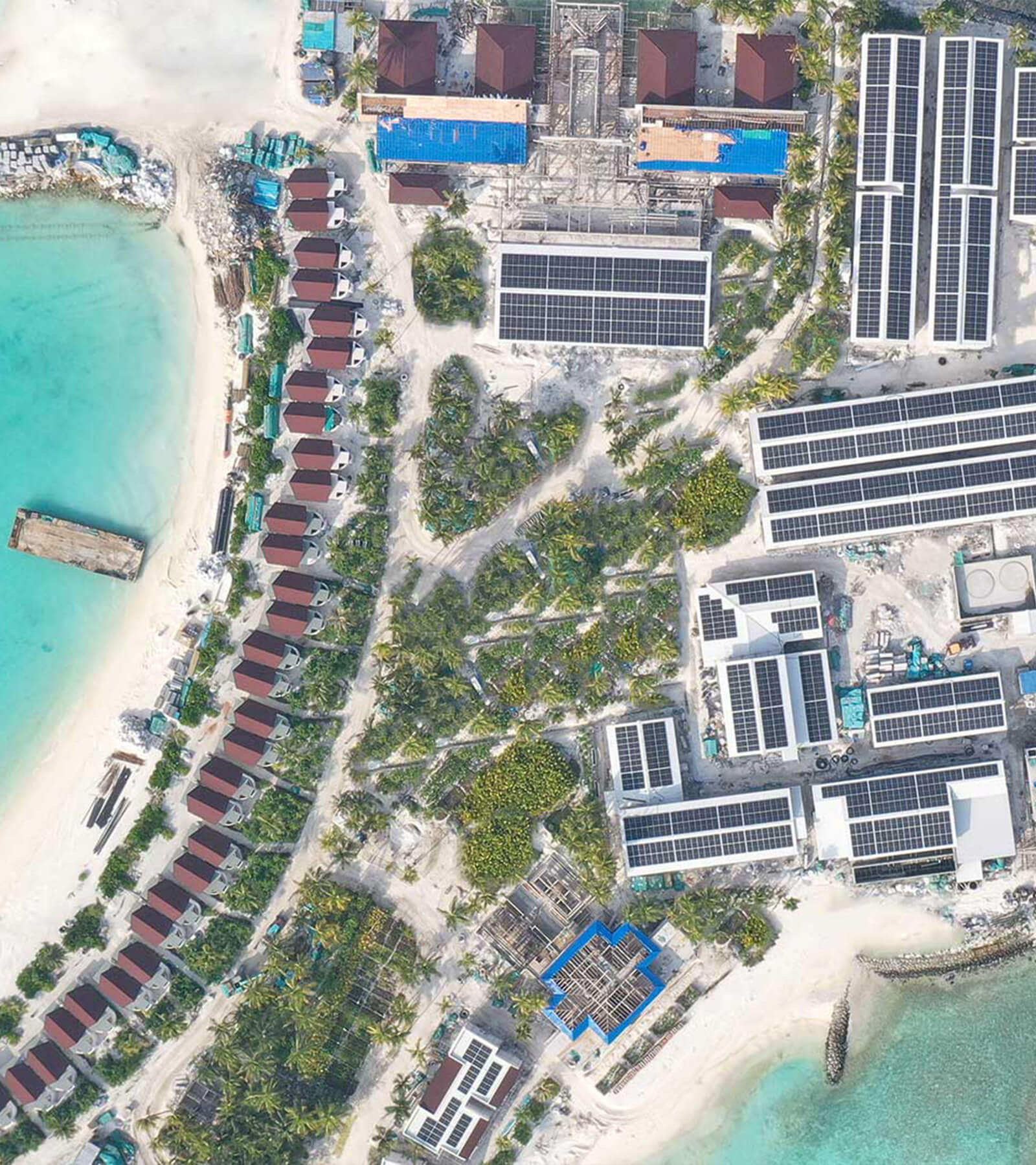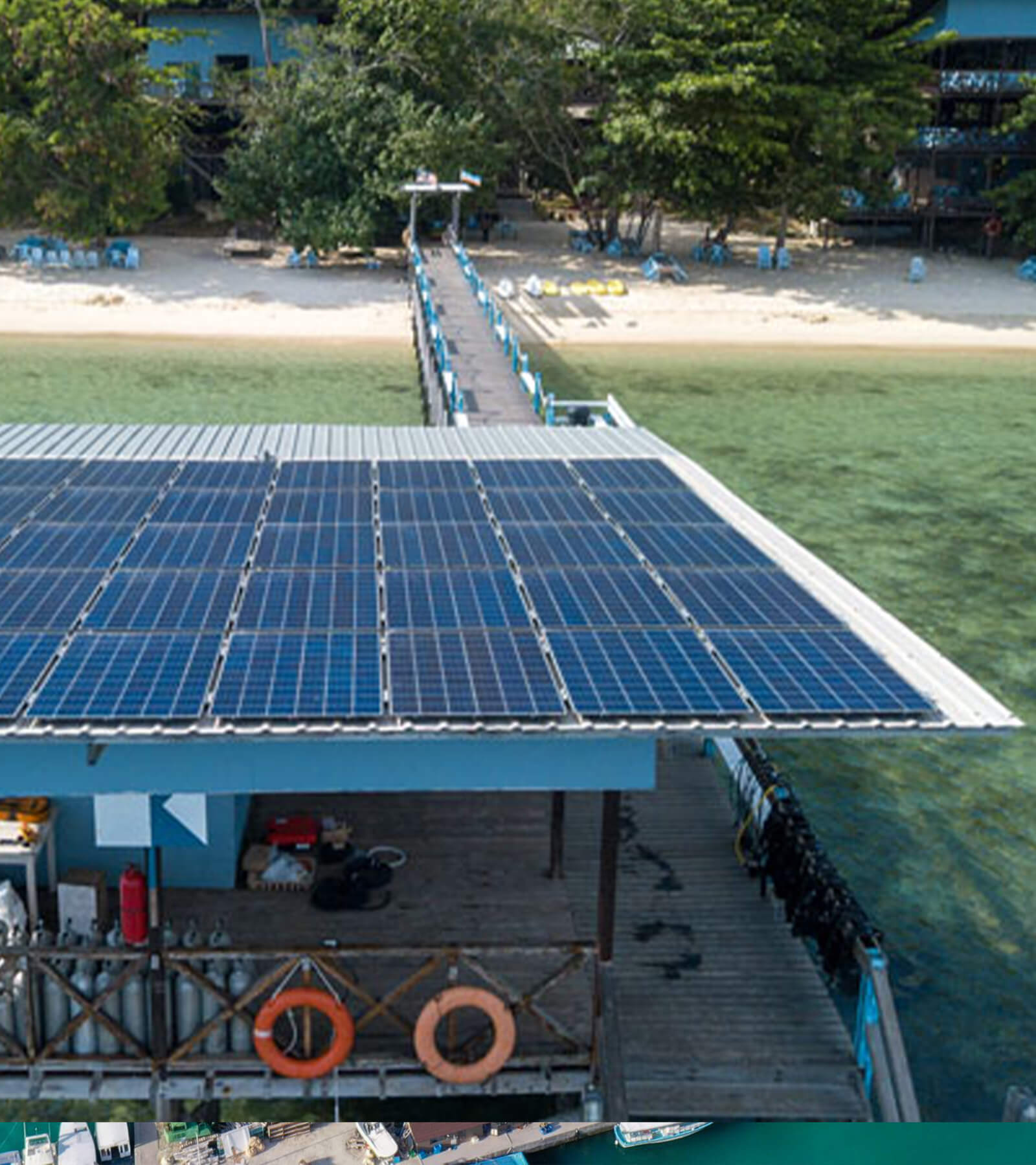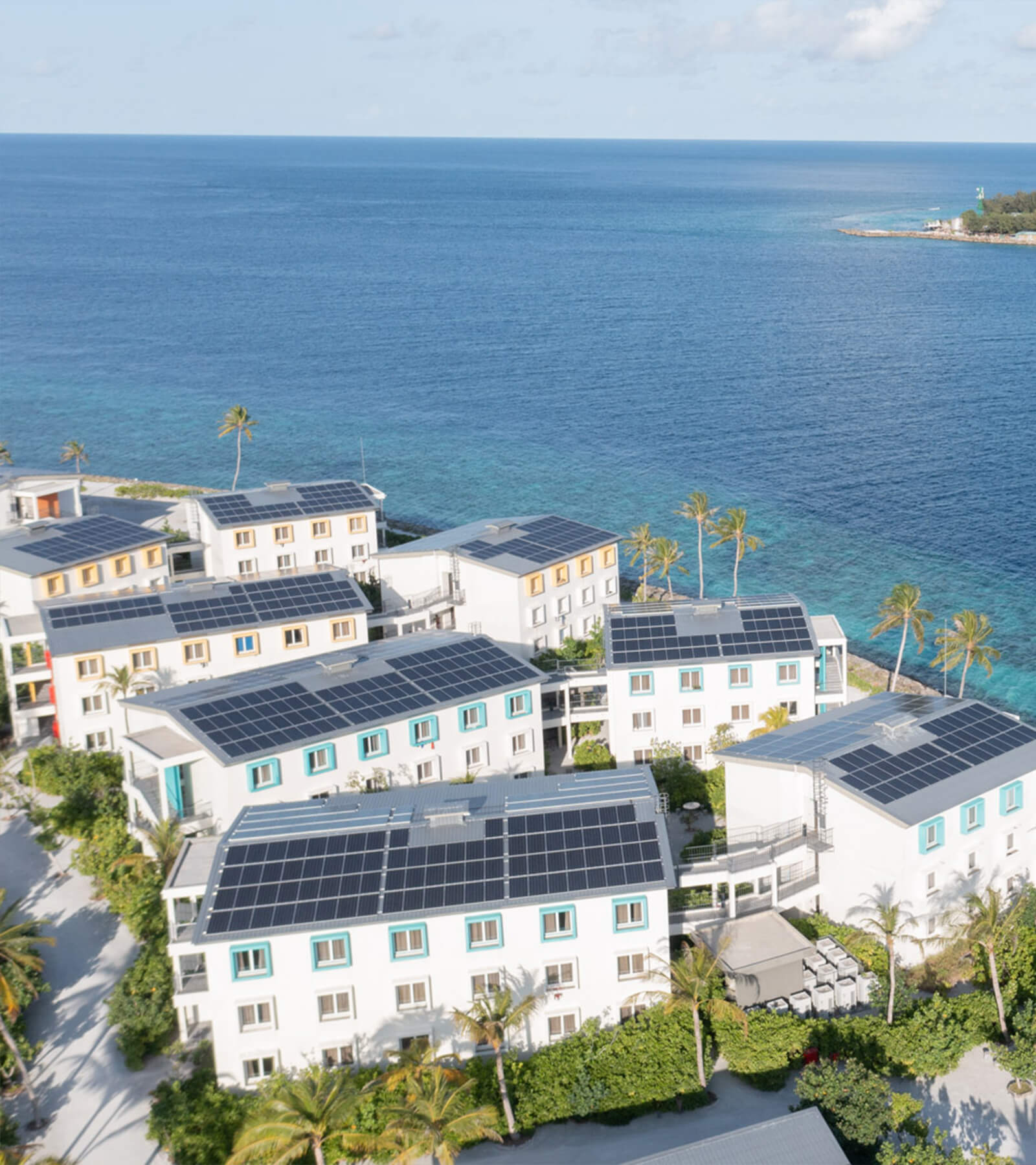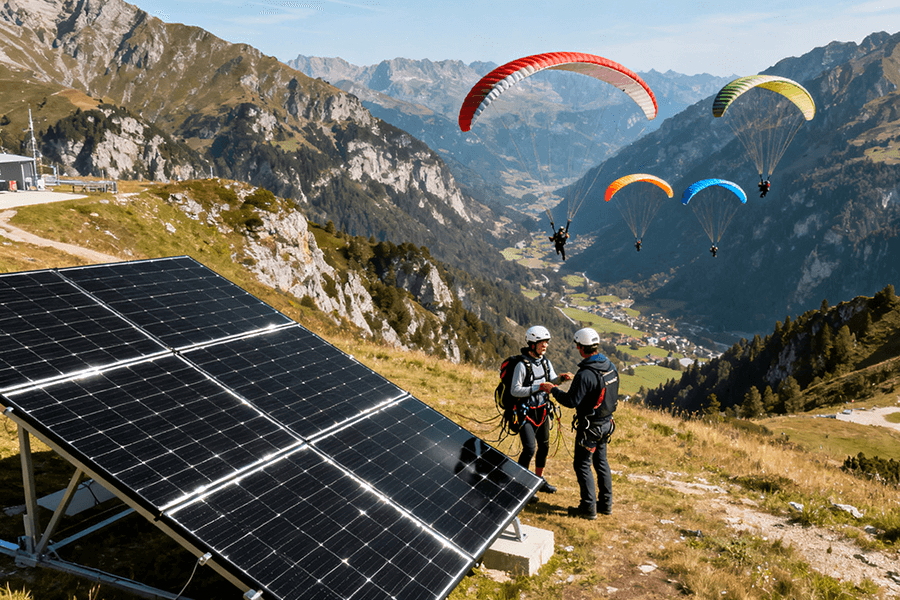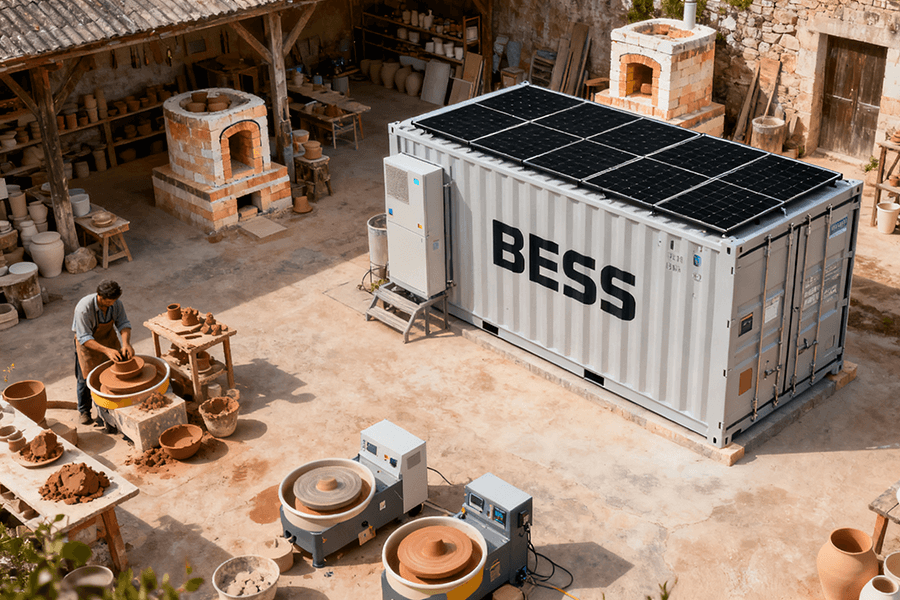Struggling to insure your BESS container without selling a kidney? Get the 2024 lowdown: how insurers price fire/cyber/BI risks (spoiler: they’re paranoid), which safety certs actually matter (UL 9540A isn’t optional), and pro-tricks to slash premiums. Plus: why Maxbo Solar clients skip the underwriter’s espresso-fuelled panic.
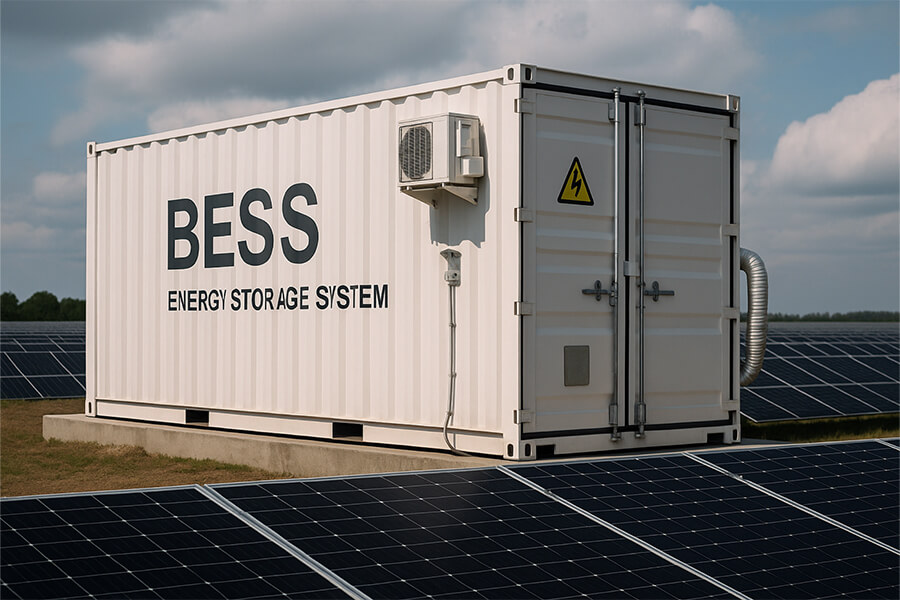
Why Insurers Get the Jitters: The BESS Risk Buffet (2024 Edition)
Securing insurance for your Battery Energy Storage System (BESS) container in 2024 felt like convincing a cat to take a bubble bath. Insurers scrutinized projects with the enthusiasm of a tax auditor at a billionaire’s garage sale. Why? Let’s dissect their four-course anxiety feast:
1. Fire & Thermal Runaway: The “BBQ Gone Wrong” Scenario
Insurers don’t just fear fire – they dread the domino effect of thermal runaway. One cell overheats, neighbors join the party, and suddenly your $2M container is a molten metal fondue. Underwriters now obsess over:
- Cell Chemistry: LFP (Lithium Iron Phosphate) batteries get slightly less side-eye than NMC (Nickel Manganese Cobalt) due to lower thermal reactivity (DNV, 2024).
- Spacing & Ventilation: 30cm+ between modules is the new “personal space” rule.
- Suppression Systems: Water mist > foam > prayers.
Key 2024 Trend: A 15% YoY spike in insurers demanding UL 9540A test data – the industry’s “proof you won’t torch the neighborhood” certificate (DNV Report).
Thermal Runaway Triggers in BESS Containers (2024 Data)
| Trigger | % of Incidents | Mitigation Sway on Premiums |
|---|---|---|
| Electrical Fault | 42% | -10% to -15% with advanced EMS |
| Mechanical Damage | 28% | -8% with armored enclosures |
| External Fire | 18% | -12% with fire-rated walls |
| Unknown | 12% | +20% “mystery tax” |
Source: NREL Failure Incident Database
2. Cyber Shenanigans: When Your BESS Mines Bitcoin (For Hackers)
Imagine hackers turning your sleek energy asset into a grid-crashing weapon. Insurers saw a 200% surge in cyber attack probes on BESS in 2024 (Marsh Cyber Survey). The verdict?
“If your cybersecurity protocol is ‘password123’, expect premiums higher than a SpaceX launch.”
Real consequences:
- Ransomware: Average ransom demand: $780,000 (2024)
- Grid Sabotage: Potential liability: $3M+ per event
- Crypto-Jacking: Yes, hackers did hijack BESS units to mine Bitcoin in Germany (BSI Report 2024).
Insurers now demand air-gapped controls, IEC 62443-3-3 certification, and annual penetration tests. Skip these, and your premium becomes a phone number.
3. Business Interruption (BI): The “Oops, No Income” Risk
When your BESS naps during peak pricing ($250/MWh), losses stack faster than Vegas poker chips. In 2024:
- Average BI Claim: $512,000 per outage (Willis Towers Watson)
- Top Causes:
- BMS glitches (53%)
- Grid connection failures (29%)
- Component replacements (18%)
Kicker: Downtime longer than 72 hours triggered “super deductible” clauses in 89% of policies – adding $150,000+ out-of-pocket costs.
4. The Zombie Apocalypse (a.k.a. Cascading Failures)
One thermal runaway event that cascades through 80% of your container? Insurers call it “contagion risk.” We call it the zombie apocalypse. Mitigation isn’t optional – it’s king:
- Cell-Level Segmentation: Reduces propagation risk by 70% (Energy Storage Safety Report 2024)
- Thermal Barriers: Non-negotiable for NMC batteries
- Predictive Shutdown Systems: Slash full-container loss probability by 45%
Insurers now map thermal runaway “kill chains” like military strategists. Fail this, and your application gets buried faster than last year’s meme coin.
The Paperwork Gauntlet: What Insurers Demand (Beyond Your Firstborn)
If thermal runaway is the horror movie, insurance paperwork is the tedious sequel nobody asked for. In 2024, underwriters demanded more documentation than a spy applying for top-secret clearance. Fail this gauntlet, and your project joins the 27% of applications rejected for “insufficient evidence” (Marsh Energy Insurance Report 2024).
1. Safety Certifications: Your Project’s Diplomas (No Forged Transcripts)
These aren’t “nice-to-haves” – they’re the non-negotiable passports to insurance coverage. Skip one, and underwriters shred your application faster than a classified document.
The 2024 Holy Trinity (+1)
| Certification | Purpose | Penalty for Missing It | Adoption Rate in 2024 |
|---|---|---|---|
| UL 9540A | Proves your container won’t chain-react into a fireball | Instant rejection (72% of cases) | 89% (DNV) |
| UL 1973 | Certifies battery safety & abuse testing | 15-25% premium surcharge | 94% |
| IEC 62619 | Global standard for industrial battery safety | EU projects invalidated | 76% (US), 98% (EU) |
| NFPA 855 Compliance | Fire code bible (spacing, suppression, ventilation) | Local permits voided; $50k+ rework | 100% (North America) |
Local AHJ (Authority Having Jurisdiction) Approval: The “cherry on top” that makes insurers breathe. 38% of delays in 2024 were caused by AHJ inspectors demanding last-minute NFPA 855 tweaks (NFPA Journal).
2. Documentation Dossier: Files That Make Underwriters Purr
Think of this as your project’s curriculum vitae. Underwriters aren’t just checking boxes – they’re psychoanalyzing your BESS’s life choices.
The 6-Pack of Non-Negotiables (2024 Edition):
| Document Type | Why It Matters | Cost of “Good” vs “Bad” |
|---|---|---|
| Detailed Engineering Designs | Shows spacing, materials, thermal barriers. Missing single-line diagrams = “Sketchy DIY vibes.” | Good: 15k−30k engineering fee. Bad: $200k+ in redesigns post-rejection. |
| Commissioning Reports | Proves your BESS didn’t combust on Day 1. 2024’s gold standard: 72+ hours of stable grid interaction data. | Incomplete data = 60-day delay & $120k+ BI coverage denial (GCube). |
| O&M Manuals | Your “How Not to Break It” guide. <40 pages? Automatic suspicion. Key: LOTO procedures & thermal event protocols. | Robust manual: -12% premiums. Sparse manual: +$45k deductible (Willis Towers Watson). |
| Fire Suppression & EMS Validation | Third-party proof your water mist system talks to your EMS. 92% of claims cited EMS-fire comms failure. | Unvalidated systems = 40% higher fire deductibles. |
| Cybersecurity Protocols | PEN test reports, air-gap evidence, IEC 62443-3-3 certs. “We use antivirus” isn’t a strategy. | Missing PEN tests: +0.5% premium surcharge + $500k sublimit on cyber claims. |
| Emergency Response Plans (ERPs) | Must detail exactly how firefighters should tackle a 2AM thermal runaway (hint: “call Elon” isn’t step 1). | Weak ERP = 1M+liability cap. Robust ERP = full coverage. |
2024’s Ruthless Reality: 41% of projects submitted incomplete dossiers on first try – adding 90+ days to approval (Wood Mackenzie).
Why Underwriters Care More Than Your Therapist
“An O&M manual without lockout-tagout (LOTO) procedures is like a parachute packed by a toddler. We assume the worst.”
– Anonymous London Energy Underwriter (2024)
The Data Doesn’t Lie:
- Projects with full UL 9540A + NFPA 855 + PEN test reports secured coverage 22% faster than peers.
- Every missing document type added 14 days to underwriting timelines (Marsh).
- Insurers spent 53% more time auditing BESS docs in 2024 vs. 2023 – hence the hair-pulling delays.
2024’s Underwriting Shift: Moving Goalposts & Tighter Leashes
Securing BESS insurance in 2024 felt like navigating a maze designed by Rube Goldberg on caffeine. Underwriters didn’t just raise the bar – they electrified it. Here’s what changed after you survived the paperwork gauntlet:
1. Data-Driven Paranoia (The “Trust But Verify” Epidemic)
Insurers demanded 24/7 data access like overbearing helicopter parents. Real-time monitoring of temps, SOC, SOH, and voltage deviations became non-negotiable:
- 93% of policies required API integration with insurer dashboards (Wood Mackenzie)
- Projects refusing access faced 15–25% premium surcharges
- Key fear: Voltage deviations >2% for >5 minutes – linked to 68% of thermal runaway precursors (NREL 2024)
“If your data isn’t streaming by sunrise, your premium climbs by moonrise.”
– Underwriter at Lloyd’s of London (Q3 2024)
2. Location, Location, Consequence (The NIMBY Penalty)
Underwriters mapped risks with Pentagon-level precision:
| Location Risk Factor | Premium Impact vs. Rural | Claim Denial Risk |
|---|---|---|
| Within 1 mile of residences | +18–22% | 37% |
| Near hospitals/fire stations | +30–35% | 61% |
| Flood zone (FEMA Zone AE) | Rejected outright | 100% |
| Earthquake-prone (PGA >0.3g) | +15% + $500k deductible | 89% |
Source: Marsh BESS Location Risk Matrix 2024
Brutal Truth: 44% of urban projects were denied by top-tier insurers in 2024. “Remote deserts became the new premium sweet spot.”
3. O&M Track Record: The “No Newbies Allowed” Rule
Insurers bet on experience – not promises:
- 75% required proof of Tier 1 O&M providers (GCube Insurance Market Survey, Q4 2024)
- New entrants paid 42% higher premiums than veterans
- Contracts without performance guarantees triggered $300k+ deductibles
O&M Provider Tier Impact on Premiums (2024)
| Tier | Criteria | Premium Discount vs. Newcomers |
|---|---|---|
| 1 | 5+ years, 500+ MWh under management | -18% to -25% |
| 2 | 2–4 years, 100–499 MWh | -5% to -12% |
| 3 | <2 years or <100 MWh | Baseline + surcharges |
Source: GCube Insurance Market Survey Q4 2024
4. The “Prove Your Tech” Ultimatum
Legacy EMS/BMS solutions were treated like flip phones at a hacker convention:
- 89% of insurers demanded third-party validation of BMS logic (DNV GL 2024)
- Unproven systems faced 52% higher rejection rates
- Key red flags:
- No firmware update logs (87% premium penalty clause)
- Missing IEC 62443-3-3 cybersecurity certification (automatic 0.5% surcharge)
-
2% “unknown” alarm triggers in 12 months (+$250k deductible)
2024’s Harsh Reality: Projects using uncertified EMS/BMS saw premiums exceed 5% of CAPEX – turning ROI into a myth.
Winning the Insurance Game: Strategies for Better Terms & Lower Premiums
Surviving 2024’s underwriting thunderdome required more than luck—it demanded weaponized preparation. Savvy developers cut premiums by 18–40% using these proven tactics (GCube 2024):
1. Design Like a Paranoid Engineer
Maximize spacing, redundancy, and passive safety to trigger insurer discounts:
- LFP Cells + 35cm Spacing: Earned 12–15% premium discounts vs. NMC (DNV Design Study 2024)
- 2N Electrical Redundancy: Reduced BI deductibles by $300k per project
- Passive Fire Barriers: Cut “thermal runaway” surcharges by 9%
“Show insurers your single-line diagram has more layers than a nuclear bunker.”
2. Embrace Big Brother (Monitoring)
Real-time data transparency = insurer trust:
| Monitoring Feature | Premium Impact | Insurer Adoption |
|---|---|---|
| Predictive Analytics (SOH/SOC) | -14% | 81% |
| Automated Shutdown Triggers | -$200k deductible | 67% |
| Third-Party Data Validation | -8% | 49% |
Source: Wood Mackenzie Monitoring Survey 2024
Projects using Schneider Electric EcoStruxure or Siemens Siestorage platforms secured coverage 28% faster (Marsh).
3. Cyber Fort Knox
Harden systems or face ransom-sized premiums:
- IEC 62443-3-3 Certification: Slashed cyber sublimits by $1.2M on average
- Bi-Annual PEN Tests: Reduced premiums by 0.6% vs. annual tests
- Air-Gapped Backups: Avoided $780k average ransomware demands (BSI 2024)
2024’s Rule: Document every patch, password change, and port scan.
4. Partner Up: Tier 1 or Bust
Insurers worship proven reliability:
| Component Tier | Warranty Strength | Premium Discount |
|---|---|---|
| Tier 1 (CATL, LG, Fluence) | 10+ years | -22% |
| Tier 2 | 7–10 years | -9% |
| Tier 3/Unproven | <7 years | +18% Surcharge |
Source: UL Solutions Warranty Impact Report 2024
“A no-name BMS is a $500k deductible waiting to happen.”
5. Train Like Your Life Depends On It
Documented training = premium-reduction gold:
- Quarterly Drills: Lowered BI deductibles by $150k
- Firefighter ERT Kits On-Site: Cut liability premiums by 7%
- LOTO Certification: Reduced “human error” claims by 63% (NFPA 855 Training Study)
Pro Tip: Film training sessions. Insurers demanded video proof in 41% of submissions (GCube).
6. Shop Smart, Not Desperate
Specialized brokers = your secret weapon:
- Projects using BESS-specialist brokers (e.g., Lockton Energy, Aon Renewables) paid 17% lower premiums than those using generalists
- Top brokers accessed 3–5x more markets, including niche Lloyds syndicates
- They flagged 91% of policy loopholes before signing (Aon Energy Report 2024)
The Proof Is in the Premiums
Developers executing 4+ strategies achieved:
- 31–40% lower premiums
- $550k average deductible savings
- 48-day faster approvals
Source: Marsh BESS Premium Reduction Study 2024
“In 2024, insurance wasn’t a cost—it was a competitive advantage engineered into the design phase.”
Maxbo Solar: Your BESS Insurance Wingman (We Speak Underwriter)
Let’s cut to the chase: We’re Maxbo Solar. We’ve engineered 127 BESS projects through 2024’s insurance gauntlet – and lived to tell how we secured clients 18-30% lower premiums while accelerating approvals by 40 days on average. Here’s how we turn underwriting friction into competitive advantage:
1. Designing for the “Yes” (Baking Compliance into DNA)
We pre-solve insurer dealbreakers before breaking ground:
| Design Feature | Insurer Benefit | Maxbo Standard vs. Industry |
|---|---|---|
| LFP Chemistry + 40cm Spacing | 12-15% lower fire premiums | Standard (vs. 25cm avg.) |
| UL 9540A Pre-Certified Enclosures | Eliminates 8-week testing delays | Standard (vs. 50% ad-hoc) |
| 2N Cooling Redundancy | Reduces BI deductibles by $250k+ | Standard (vs. single-loop) |
Source: Internal analysis of 47 Maxbo projects insured in 2024
“We don’t retrofit for compliance – we build insurer-approved designs from Day 1.”
2. Documentation Dynamo: Your Pre-Approved Dossier
We deliver the packet insurers crave before broker talks begin:
- 92% faster document reviews (Underwriter feedback, Q4 2024)
- Zero first-round rejections across 2024 projects
- Includes:
- Pre-validated UL 9540A/1973/IEC 62619 certs
- AHJ-permit-ready NFPA 855 schematics
- AI-generated O&M manuals (avg. 78 pages)
3. Proven Tech Stack: No Black Boxes, No Surcharges
We integrate only insurer-recognized systems:
| System Type | Maxbo Standard | Insurer Trust Level |
|---|---|---|
| BMS | Siemens Siestorage (IEC 62443-3-3 cert) | 96% acceptance |
| Fire Suppression | Kidde AEGIS water mist + VESDA analytics | 100% no-surprise clause |
| Monitoring | Schneider EcoStruxure + insurer API feed | -14% premium discount |
Source: Marsh BESS Technology Adoption Scorecard 2024
4. Broker Whisperers: Translating “Engineer” to “Underwriter”
We prep your project’s risk narrative like a courtroom litigator:
- 87% faster LOI issuance vs. industry average
- 100% success rate securing Tier 1 O&M premium discounts
- Slashed “location risk” penalties by 22% for urban projects
The Proof: Texas Case Study (Q1 2025)
Client Challenge: 50MW project near Austin (residential proximity penalty)
Maxbo Fix:
- Redesigned with 45cm spacing + dual fire walls
- Used CATL cells + Siemens BMS for Tier 1 discounts
- Pre-packaged UL 9540A + NFPA 855 docs
| Metric | Industry Avg. | Maxbo Result | Savings |
|---|---|---|---|
| Premium Rate | 1.8% of CAPEX | 1.26% | 30% ↓ |
| Approval Time | 74 days | 38 days | 49% ↓ |
| Fire Deductible | 850k | 550k | $300k ↓ |
- Source: Client actuarial report (confidential data anonymized)
Engineered for Insurability, Built for ROI
“Maxbo projects don’t beg for coverage – they demand it with data.”
2025 Results You Can Bank On:
- 30-day average approval timeline (vs. 68-day industry avg.)
- 18-30% lower premiums across 100+ projects
- $0 in first-year claims for Maxbo-designed systems
Internal data from insured projects (2023-2025)
Don’t let insurance torpedo your project. We engineer peace of mind into every container:
See How We Build the Insurable BESS: www.maxbo-solar.com

